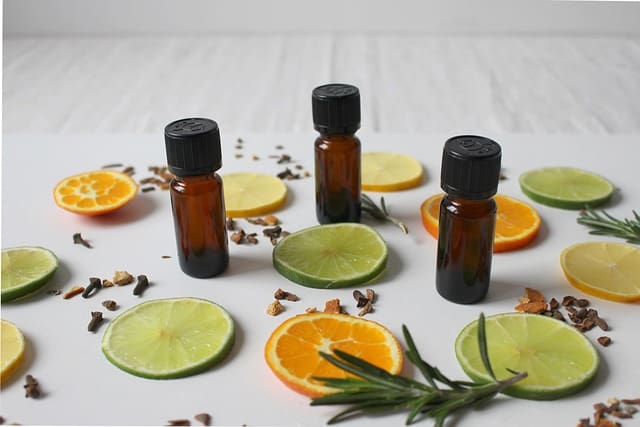Spices have long been used not only to flavor food, but also to create fragrances, perfumes, and cosmetics. The use of spices in non-culinary products dates back thousands of years and has a rich cultural history.
In this article, we’ll explore the use of spices in non-culinary products, including popular spices and products.
Spices in Fragrances and Perfumes
Spices have been used in fragrances and perfumes for centuries, and they continue to be popular today. Some of the most popular spices used in perfumes include:
- Cloves: Cloves have a warm, spicy scent that is used in many perfumes and colognes.
- Cinnamon: Cinnamon has a warm, sweet scent that is used in many perfumes and colognes.
- Ginger: Ginger has a warm, spicy scent that is used in many perfumes and colognes.
- Nutmeg: Nutmeg has a warm, spicy scent that is used in many perfumes and colognes.
- Vanilla: Vanilla has a warm, sweet scent that is used in many perfumes and colognes.
Spices in Cosmetics
In addition to fragrances and perfumes, spices are also used in cosmetics for their scent, flavor, and therapeutic properties. Some of the most popular spices used in cosmetics include:
- Cinnamon: Cinnamon is used in cosmetics for its antibacterial properties and its ability to improve circulation.
- Ginger: Ginger is used in cosmetics for its anti-inflammatory properties and its ability to soothe skin.
- Turmeric: Turmeric is used in cosmetics for its antioxidant properties and its ability to brighten skin.
- Cloves: Cloves are used in cosmetics for its antiseptic properties and its ability to soothe skin.
- Cardamom: Cardamom is used in cosmetics for its antioxidant properties and its ability to soothe skin.
Popular Products
There are many non-culinary products that use spices, including perfumes, colognes, candles, soaps, and skincare products. Some of the most popular products include:
- Perfumes: Many popular perfumes use spices as part of their fragrance, including Jo Malone’s Orange Blossom and Tom Ford’s Tobacco Vanille.
- Candles: Many popular candle brands use spices in their scents, including Yankee Candle’s Cinnamon Stick and Bath & Body Works’ Warm Vanilla Sugar.
- Soaps: Many popular soap brands use spices in their scents, including Lush’s Honey I Washed the Kids and The Body Shop’s Satsuma.
- Skincare Products: Many popular skincare brands use spices in their products, including The Body Shop’s Tea Tree and Kiehl’s Ginger Leaf & Hibiscus Firming Overnight Mask.
Future Uses For Spices
The use of spices in perfumes, soaps, and candles is expected to continue to grow in the near future especially as we become more aware of their health and other benefits.
Here are some ways that spices may be used in these products:
- Innovative Fragrances: As people continue to seek unique and innovative fragrances, spices may be used in new and creative ways to create unique scents. For example, blends of spices may be used to create complex and sophisticated fragrances.
- Natural Ingredients: As people continue to seek natural and eco-friendly products, spices may be used in place of synthetic fragrances in perfumes, soaps, and candles.
- Therapeutic Properties: The therapeutic properties of spices may be emphasized in perfumes, soaps, and candles, such as using lavender for its calming effect or peppermint for its invigorating properties.
- Sustainability: In an effort to be more sustainable, spices grown in local and organic farming methods may be used in perfumes, soaps, and candles, reducing the carbon footprint associated with shipping ingredients from far-off locations.
- Customization: With advances in technology, customers may be able to customize their own fragrances and products by choosing the exact spices they want to include.
Overall, the use of spices in perfumes, soaps, and candles is expected to evolve and expand in the near future, as people seek out unique and natural fragrances, and embrace the therapeutic benefits of these ingredients.
Summary
Spices have a long history of use in non-culinary products, including perfumes, colognes, candles, soaps, and skincare products. Spices are used for their scent, flavor, and therapeutic properties, and they continue to be popular today.
If you’re interested in exploring the use of spices in non-culinary products, consider trying some of the popular products mentioned in this article.

